The main role of red light therapy is to solve skin problems, can reduce pain, promote wound healing, and is welcomed by everyone, with the increase in market demand, the manufacture of red light equipment manufacturers have also increased, a variety of equipment quality and efficacy are different, at the same time for the equipment between the development of a different light wave, so here we talk about, what are the differences between the red light therapy equipment.
Understanding Red Light Therapy
Red light therapy is a photobiomodulation therapy that uses light as a medicine. Red light is found in the visible spectrum at wavelengths between 620 and 850 nm. This low-intensity red light, along with near-infrared light, can be emitted deep into the body's cells to promote cellular activation and repair, while at the same time it is heatless and does not harm the skin.
When the light penetrates the body, it's soaked up by cell mitochondria, the energy factory of the cell. Most of the energy made by the mitochondria is housed in a molecule called adenosine triphosphate (ATP), which helps your body store and use energy. Aging, illness, or lifestyle factors can make the mitochondria produce less ATP. Red light therapy triggers a reaction that helps reverse the decline.
Key Differences in Red Light Therapy Devices
Wavelengths and Penetration Depth
Red light therapy devices typically use wavelengths between 600 and 900 nanometers. For red light therapy, you need either 660 or 850 nanometers for wavelength. “660 is more common for the skin, whereas 850nm red light therapy is used more for sports recovery,”The wavelength affects how deeply the light penetrates your skin. Red light therapy typically uses wavelengths between 630-700nm, while LED therapy may incorporate a broader spectrum of wavelengths. Red light therapy devices tend to provide higher intensity and concentrated light for targeted treatments.
Near-infrared (NIR) therapy uses a different range of light wavelengths, typically between 810 to 850 nanometers (nm). This range of light penetrates deeper into the body than red light therapy, reaching a depth of up to 5mm, and can be absorbed by muscles, joints, and even bone. One of the primary benefits of NIR therapy is its ability to promote healing and reduce inflammation in deeper tissues.
Irradiance and Power Output
Irradiance is the amount of energy a specific part of your body receives over a set period while using the device. Think of it as the rate of energy delivered. This, perhaps is one of the most defining factors when considering red light therapy at home since higher irradiance can result in better results in less time. A powerful and the best light therapy device enables light photons to absorb into the skin by concentrating the light and using the correct bulbs for the task. In contrast, when a device is underpowered, and/or has bulbs that diffuse light rather than direct it, few light photons will penetrate the tissues.
Bulb Quality and Beam Angle
The LEDs on the Bontanny device, for instance, have a much narrower beam angle than those of the competition (30 degrees compared to 60 or even 90 degrees). This means that you’re getting a much more concentrated amount of light from each individual LED. Bontanny devices also have a greater number of LEDs than the competition, so you’re not losing anything in terms of surface area of treatment - you’re simply gaining power.
In a laboratory setting comparing 5w and 3w bulbs, the 5w bulb is indeed brighter. But, an LED therapy device contains dozens or even hundreds of light bulbs in close proximity. To allow for this clustering, the maximum output of a bulb has to be reduced to about 65% of its normal capacity to prevent heat build-up and damage to the circuitry within each bulb. Due to what’s known as the “efficiency curve” in LED lighting, a 3w bulb at 65% capacity is brighter than a 5w bulb at 65% capacity; and since 3w bulbs generate less heat, they can safely be placed closer together for greater coverage.
Medical-Grade vs. Consumer-Grade Devices
At first glance, it’s hard to distinguish the difference between consumer- and medical-grade LED light therapy devices. Many companies (typically, resellers) won’t disclose certain information that clearly shows their light therapy products as consumer-grade. Reputable red light therapy companies only manufacture or sell devices with 3-watt bulbs – the one and only medical-grade bulb. In the past, most medical-grade red light devices used lasers, or a combination of lasers and LEDs, to ensure effectiveness. Those devices were often also much more powerful than at-home devices.
Advanced Features
When choosing a red light therapy device, advanced features can improve your experience and results. Consider these options for a smarter purchase: Built-in Timers: These are a pretty necessary, the lights are bright so once you put on the machine and protective eyewear you don’t want to be fiddling with buttons until the therapy is over. They let you set session times (like 10 or 20 minutes) so you don’t have to watch the clock. Brightness Adjustment: Not every session needs the full potential of the LED light therapy device. Adjustable intensity lets you dim or crank up the light, tailoring it to your comfort or treatment goals—perfect for sensitive skin or longer sessions. Wavelength Control: Some devices let you toggle between wavelengths, like turning off red light (630-680nm) while keeping near-infrared (800-880nm) on.
Practical Considerations
Cost and Accessibility
Red light therapy is typically the most affordable option, with portable red light therapy available for around $200-$400. Larger panels can range from a few hundred to a few thousand dollars, depending on the size and quality of the device. Lasers are a much more expensive technology (costing about 100x more per milliwatt!) and are thus much less accessible to the end user. The cost of this therapy can vary greatly depending on whether you are using a device at home or you are getting treatment in a clinic. But in general, red light therapy isn’t cheap — treatments can cost $80 a session or more.
Safety and FDA Clearance
To guarantee safety and effectiveness, Us recommends making sure that the device you choose is FDA-cleared or CE certified. Most important is that the Red Light Therapy device that you are considering should be FDA listed or cleared. This means that the United States Food and Drug Administration (FDA) has reviewed this product and has determined that this particular device has met its standards and is safe. Be aware that many foreign-made Red Light Therapy devices sold on online marketplaces are not FDA listed, and so their safety and quality cannot be assured.
Treatment Protocols
Initially, start by using it 10 to 20 minutes at a time, 3 to 5 times per week. When you obtain the results you desire, ongoing treatments 2 to 3 times per week will help you maintain them. These are general guidelines; please read the instruction manual of your product for detailed information. You should not expect to experience side effects from treatment. Watch your eyes. Ask the practitioner if it’s necessary to wear eye protection during treatment.
FAQs About Red Light Therapy Devices
1. Are all red light therapy devices equally effective?
No, effectiveness varies based on wavelength, irradiance, bulb quality, and device design. Medical-grade devices with higher irradiance and specific wavelengths (e.g., 660nm or 850nm) tend to deliver better results, especially for deep tissue treatments. Consumer-grade devices may suffice for surface-level skin concerns but often lack the power for deeper penetration.
2. Can I use any red light bulb for therapy?
Regular red bulbs or LED strips not designed for therapeutic use typically don’t emit the specific wavelengths (600-850nm) or irradiance needed for effective red light therapy. Dedicated RLT devices are engineered to deliver concentrated light for optimal cellular stimulation.
3. How do I choose the right device for my needs?
Consider your treatment goals: skin concerns like acne or wrinkles may require a mask or wand, while pain relief or muscle recovery benefits from panels or beds with deeper penetration. Check for FDA clearance, adjustable settings, and reputable brands with positive reviews. Higher irradiance and specific wavelengths are crucial for deeper tissue effects.
4. Are there risks associated with red light therapy?
RLT is generally safe and noninvasive, with no UV exposure. However, overuse (e.g., sessions longer than 30 minutes) can cause skin redness or blistering. Eye damage is a risk without proper protection, so always use goggles or keep eyes closed. Consult a doctor if you have skin conditions or are pregnant.
5. How long does it take to see results?
Results depend on the condition and device. Skin improvements like reduced acne or wrinkles may appear after 3-6 weeks of consistent use (3-5 times weekly). Pain relief or muscle recovery can take weeks to months. Maintenance sessions are often needed to sustain benefits.
Conclusion
Different red light therapy devices, its wavelength irradiance, are very different, and at the same time in the design of the time, but also for different parts of the body to set up, such as from the portable treatment wand to the whole body treatment bed, which mainly depends on your own needs.

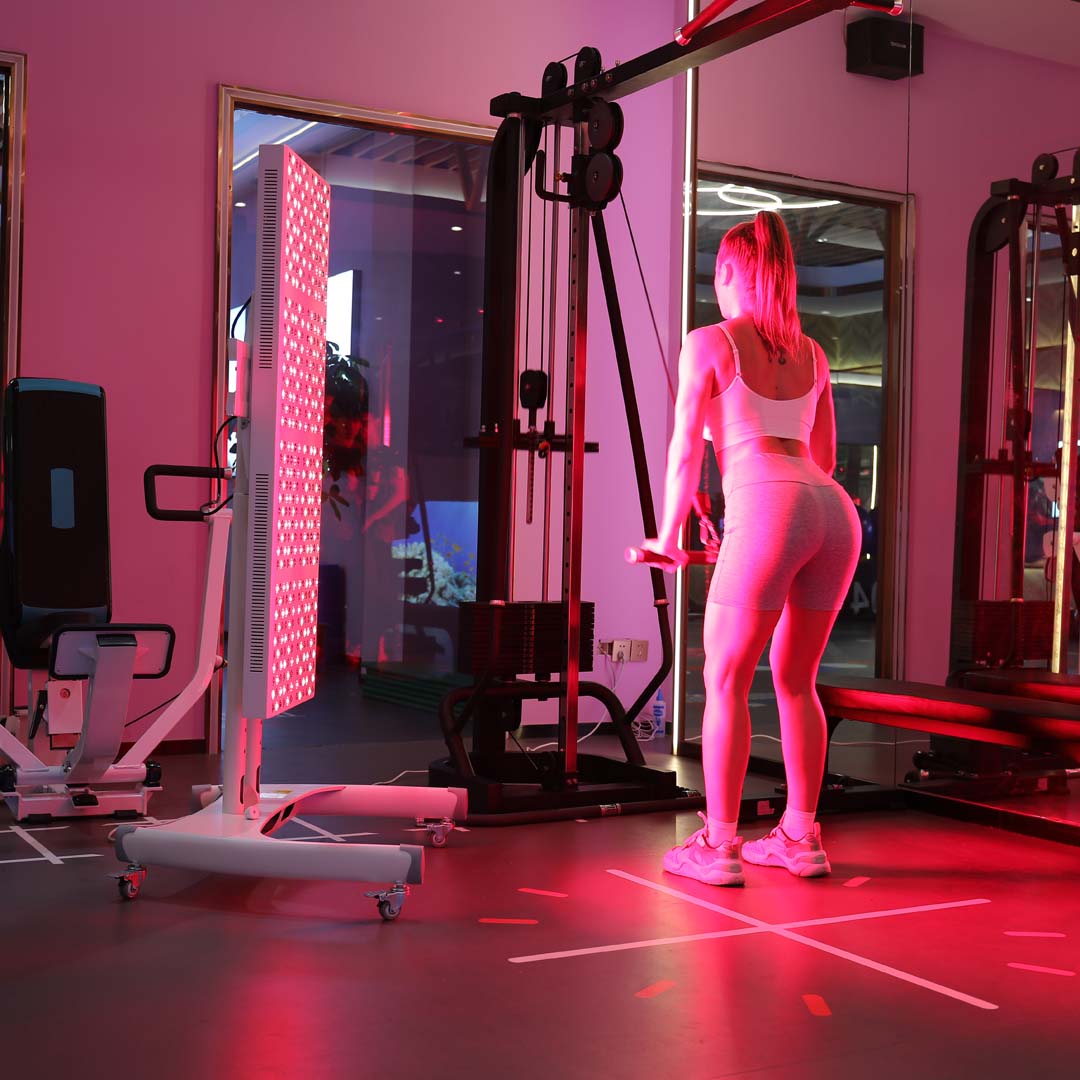
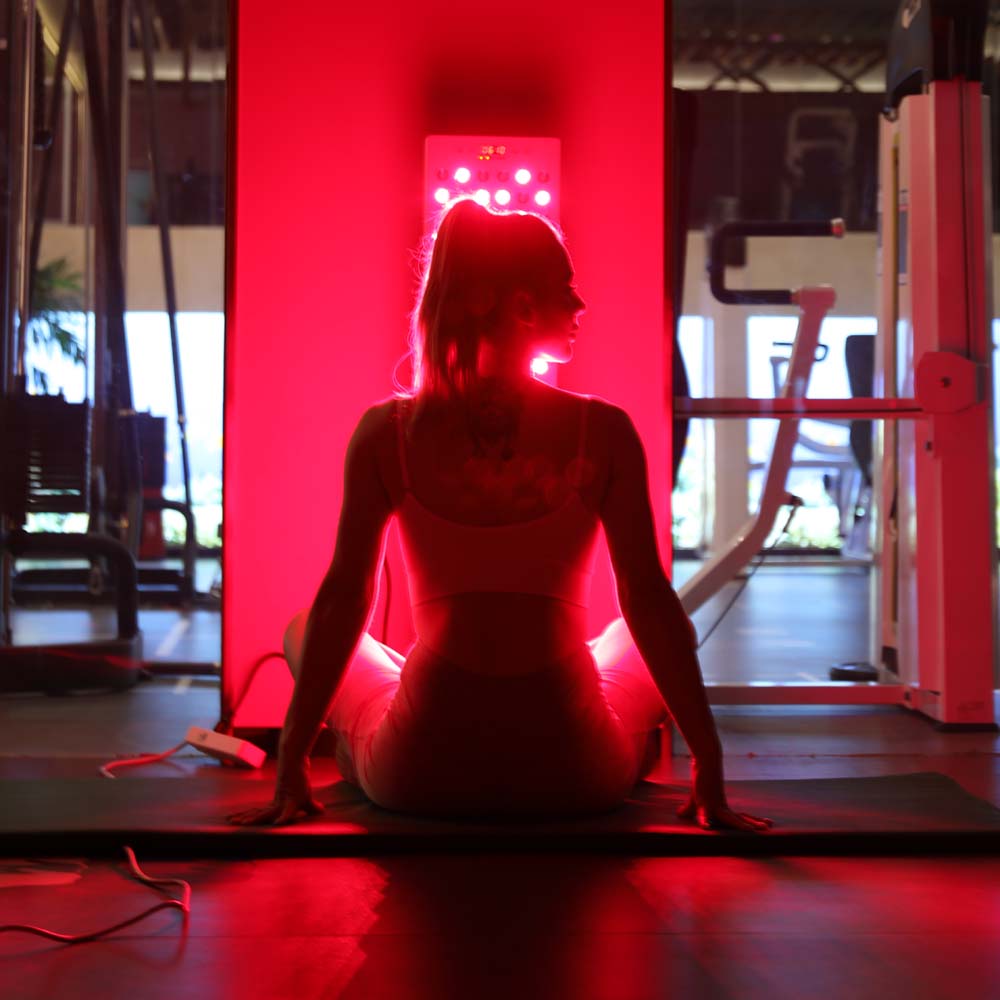
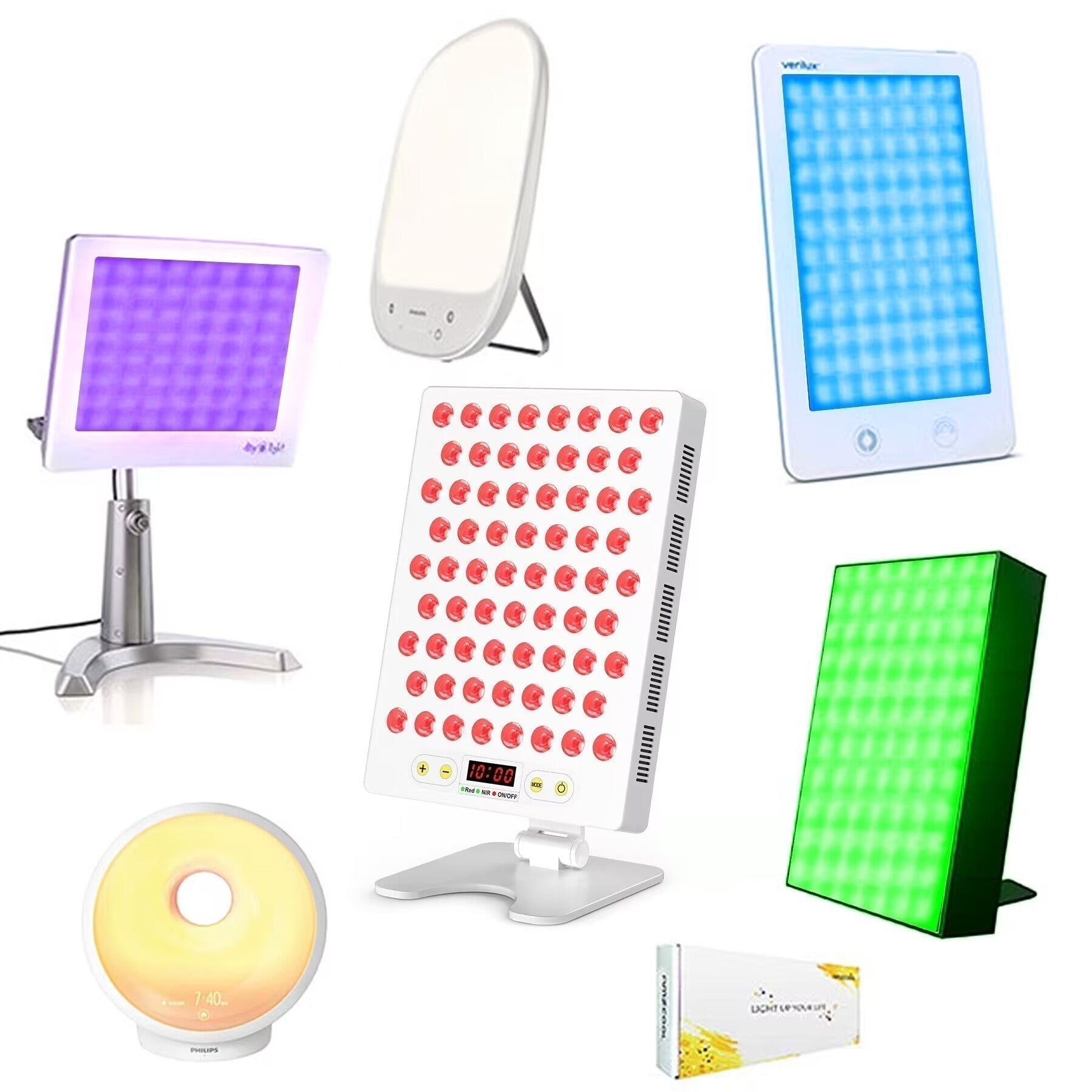
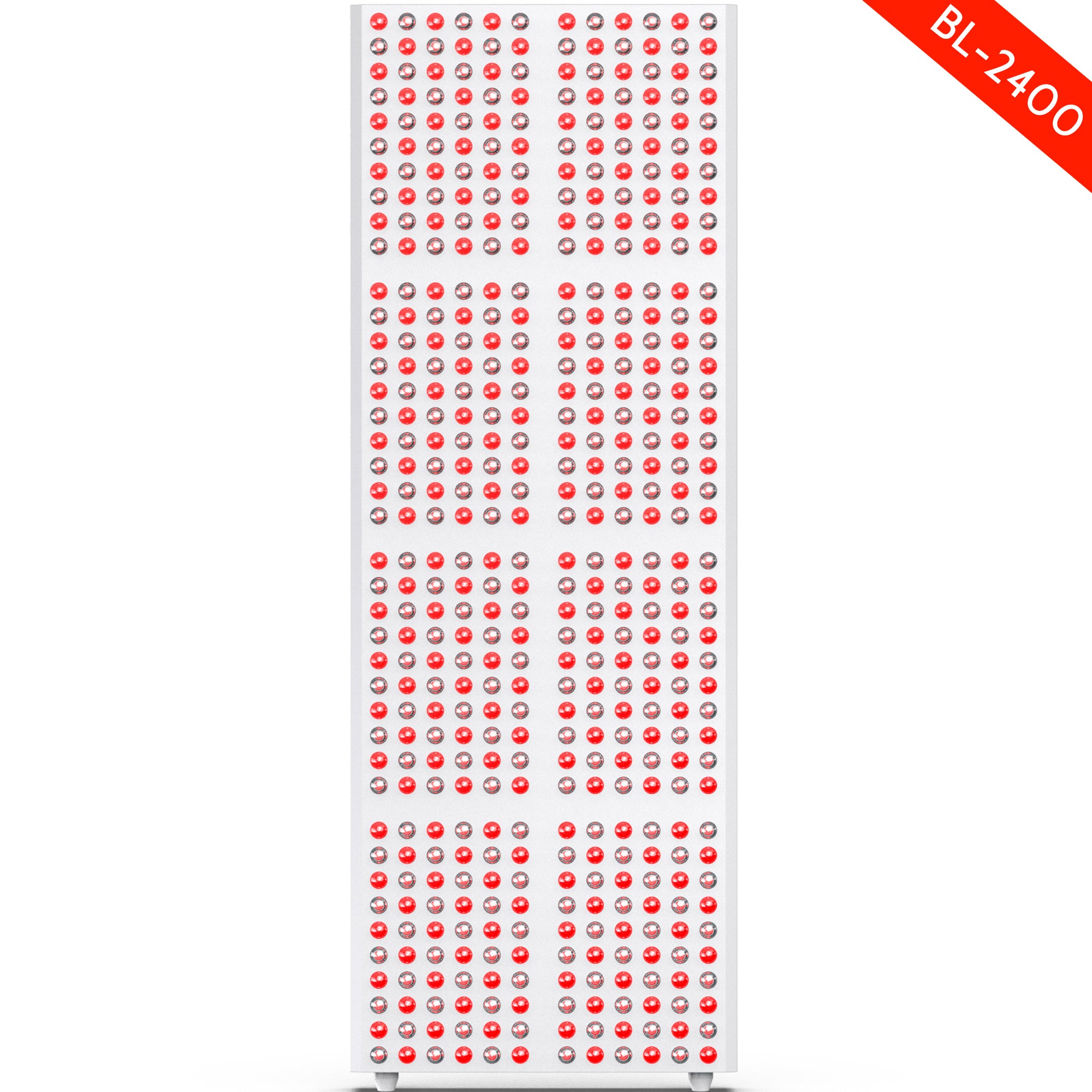
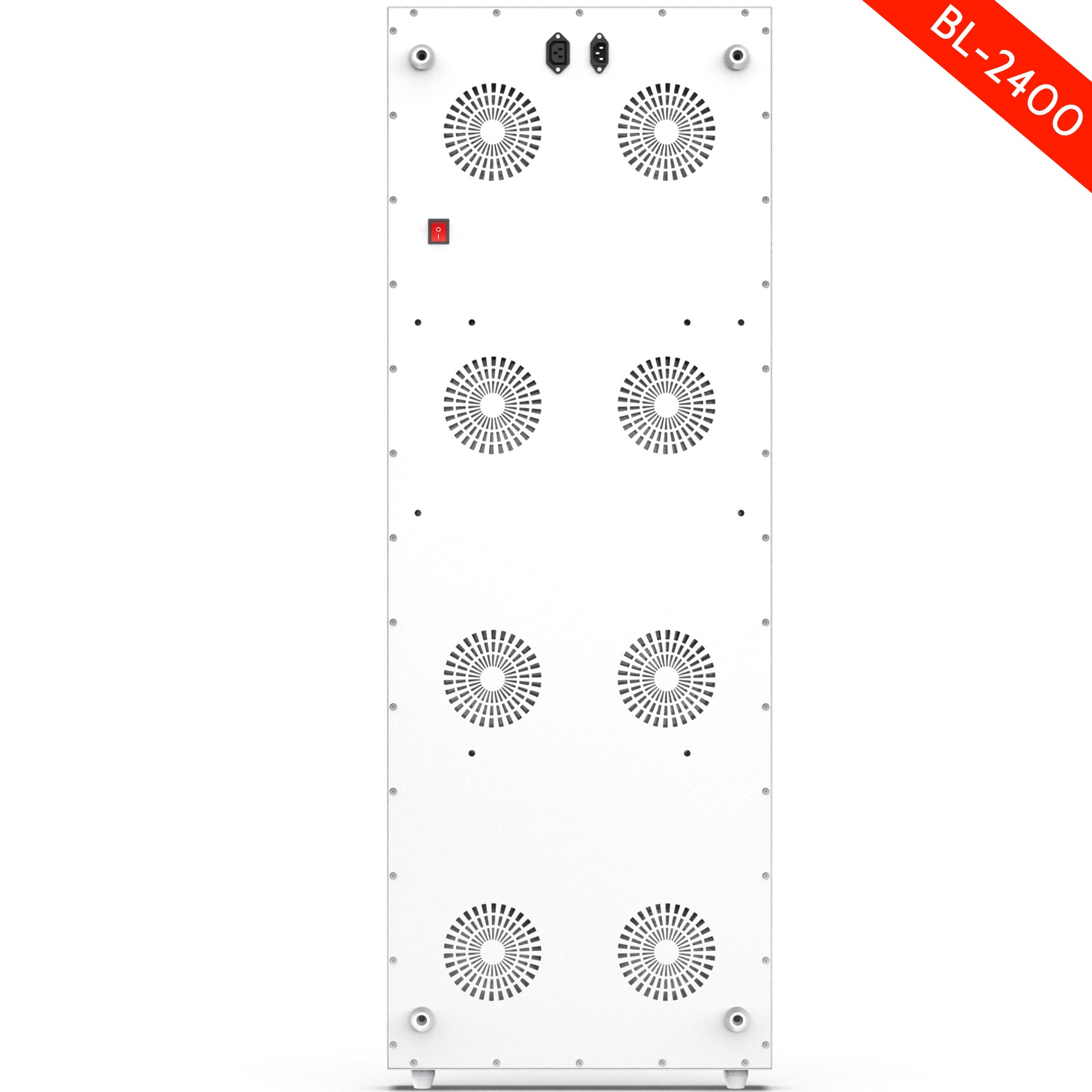
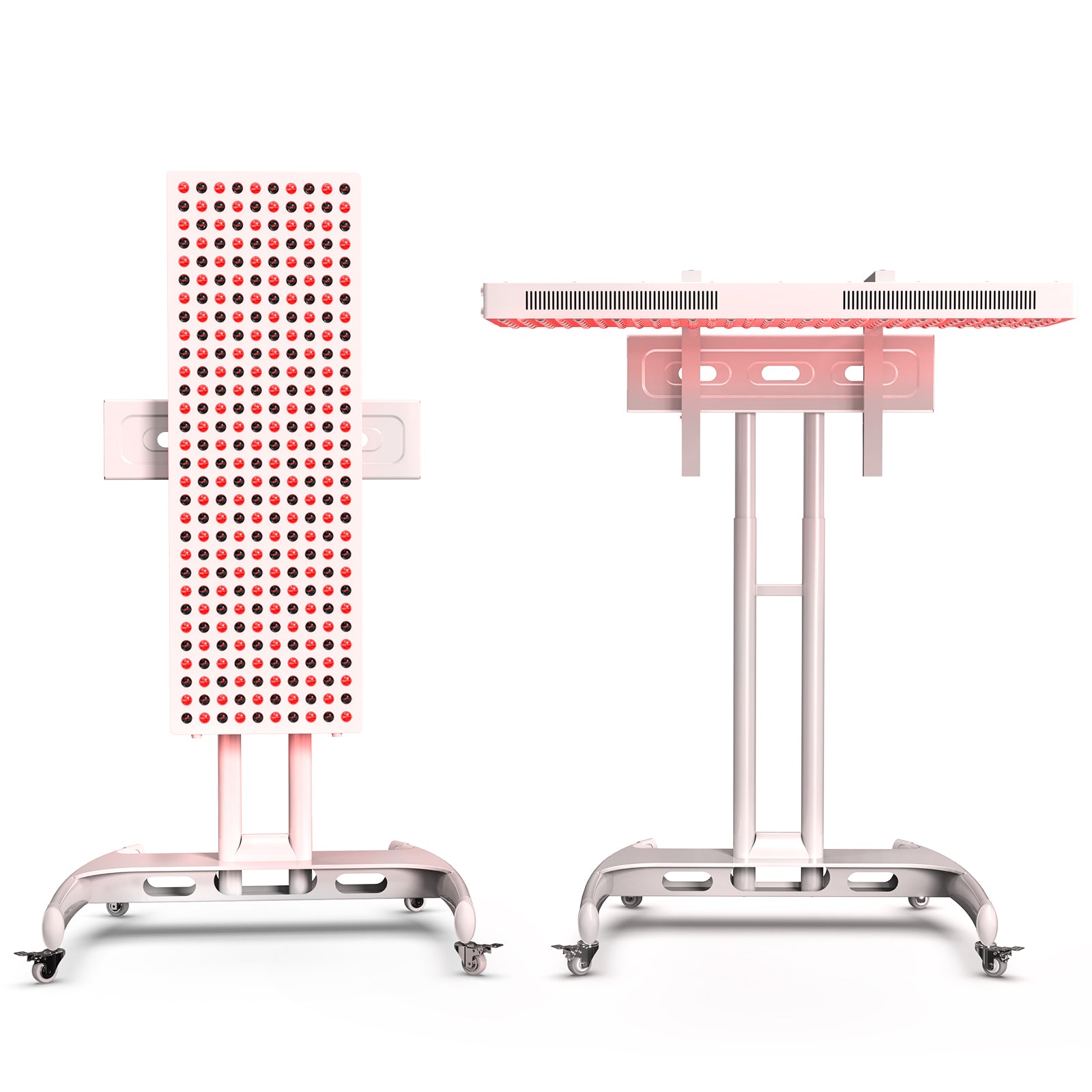

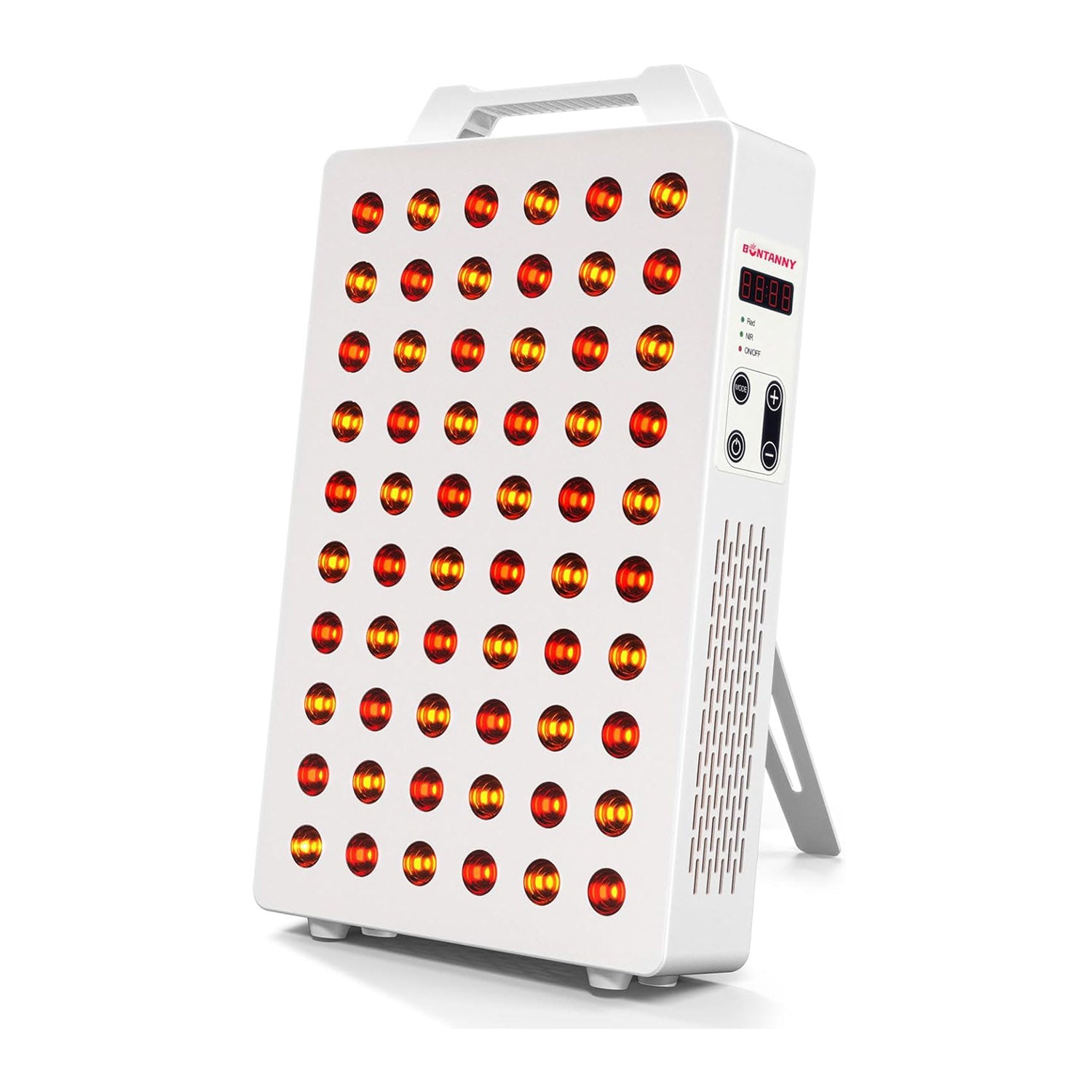
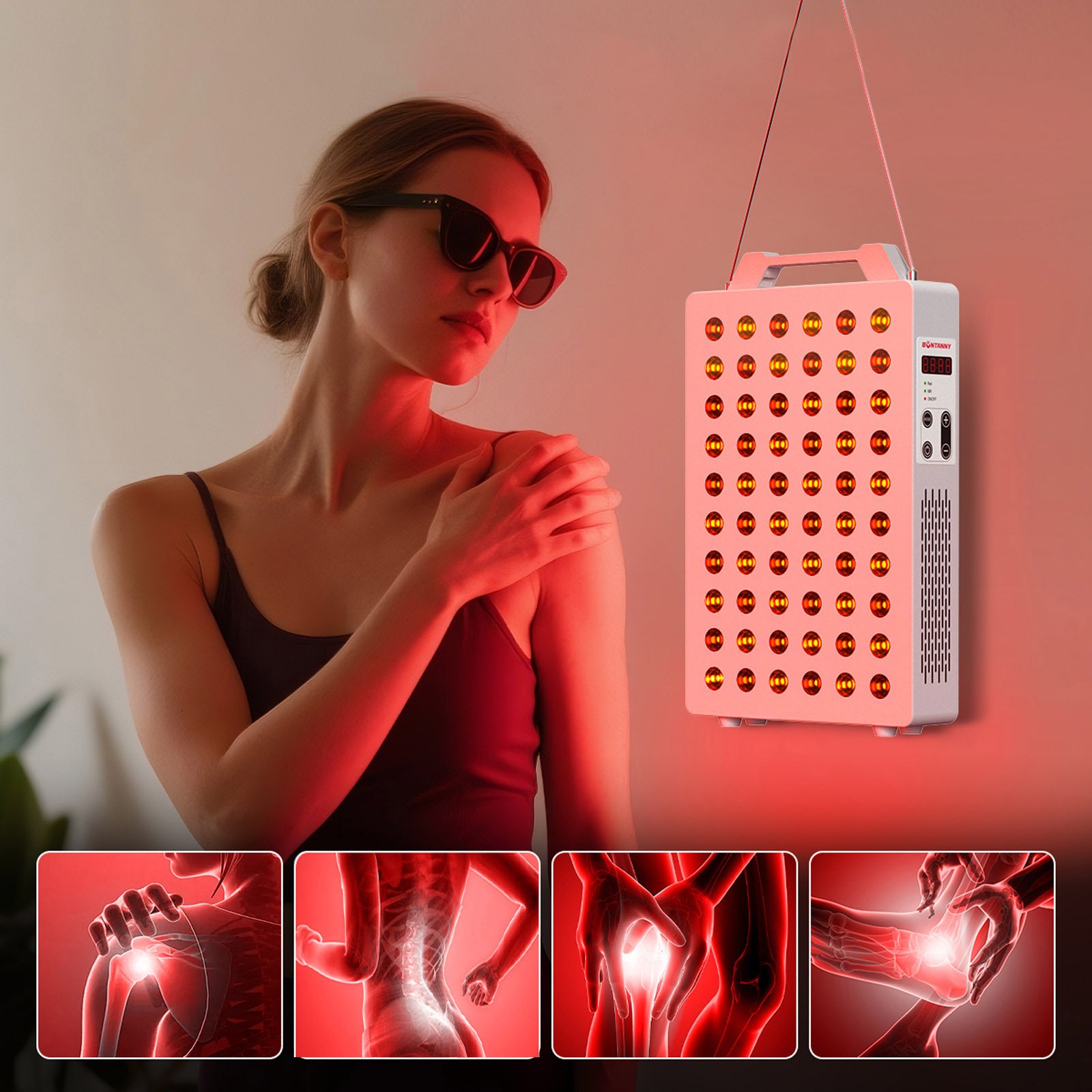
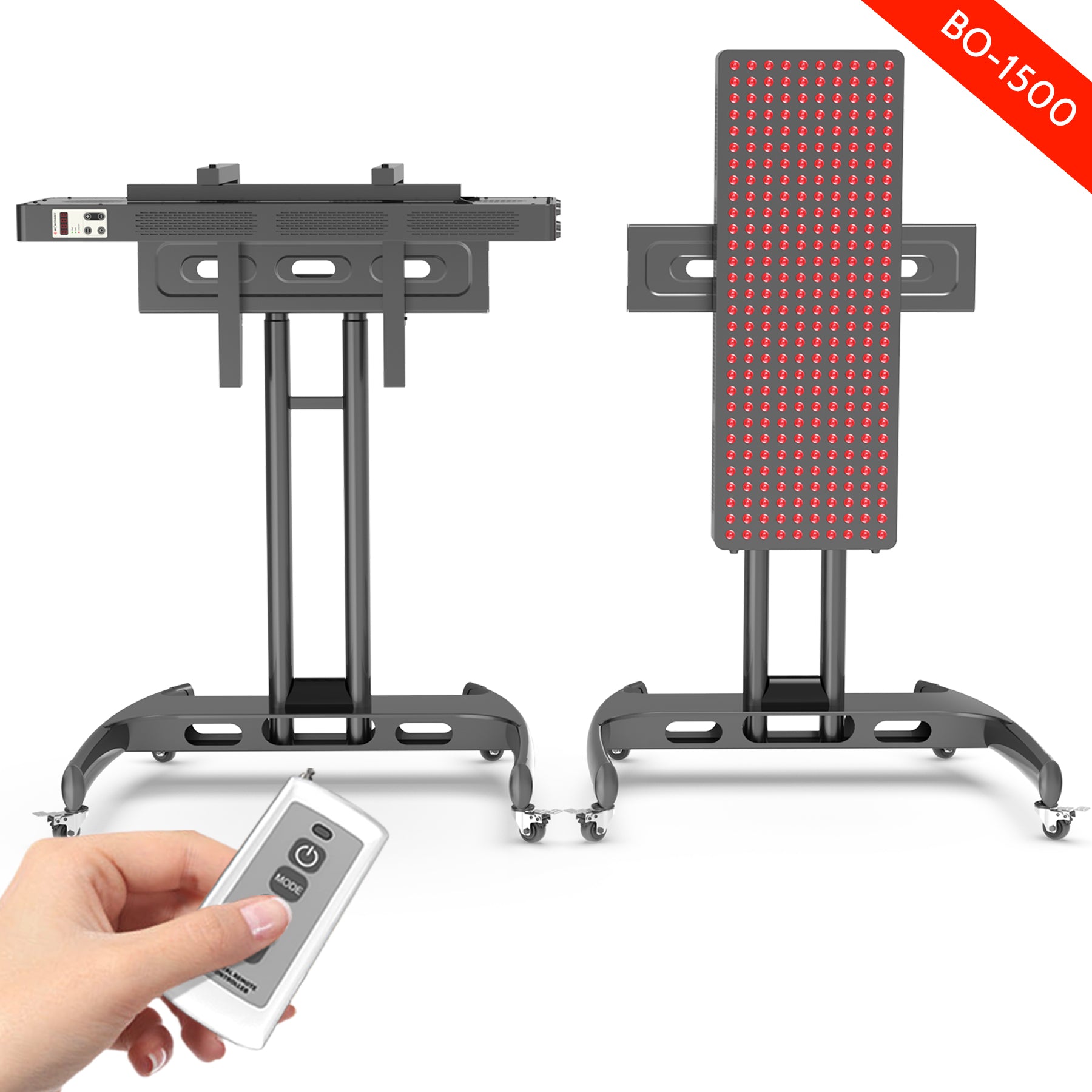
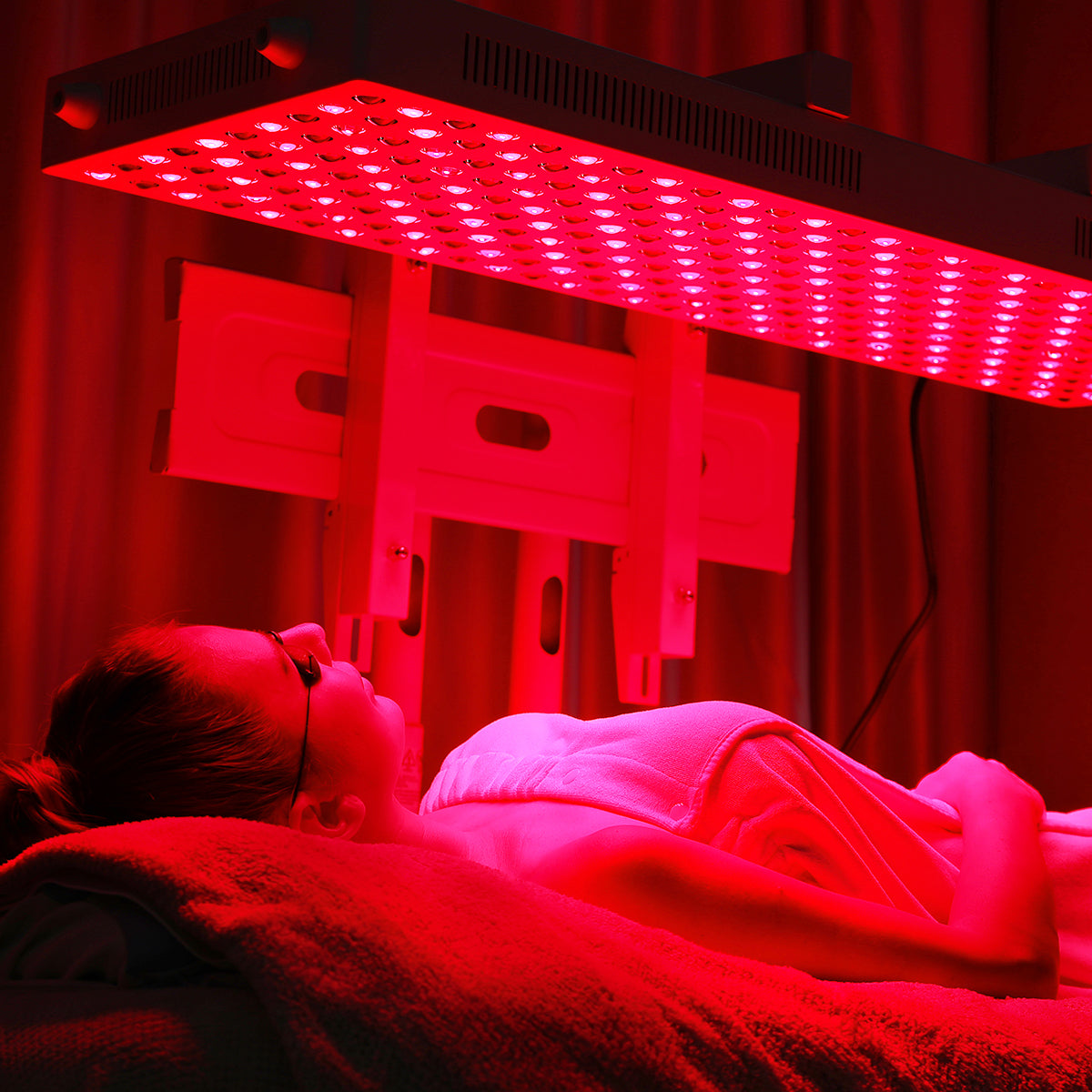
Leave a comment
This site is protected by hCaptcha and the hCaptcha Privacy Policy and Terms of Service apply.